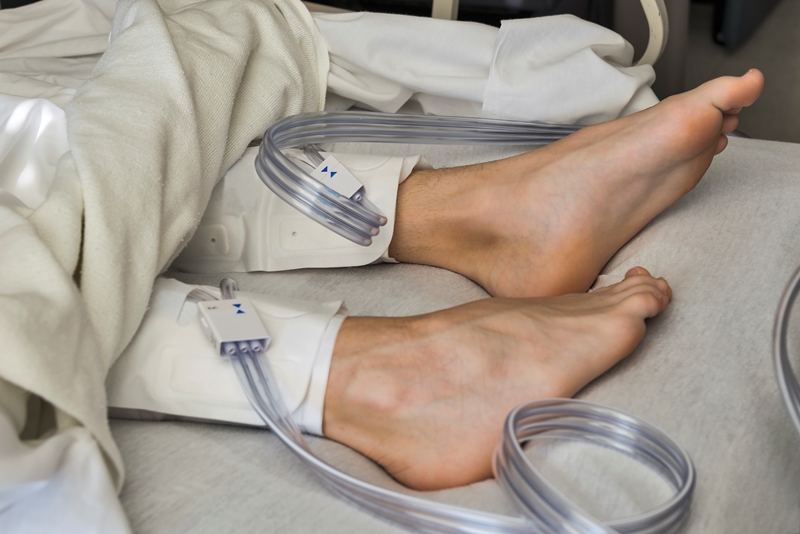Learning from the Leaders in Patient Experience
Hospitals across the country are searching for ways to create the "always positive" patient experience. For example, we want our patients to tell us that… Read More »Learning from the Leaders in Patient Experience









